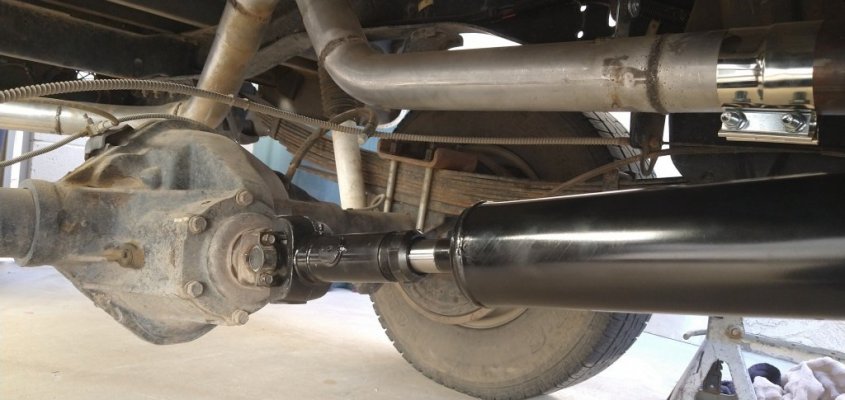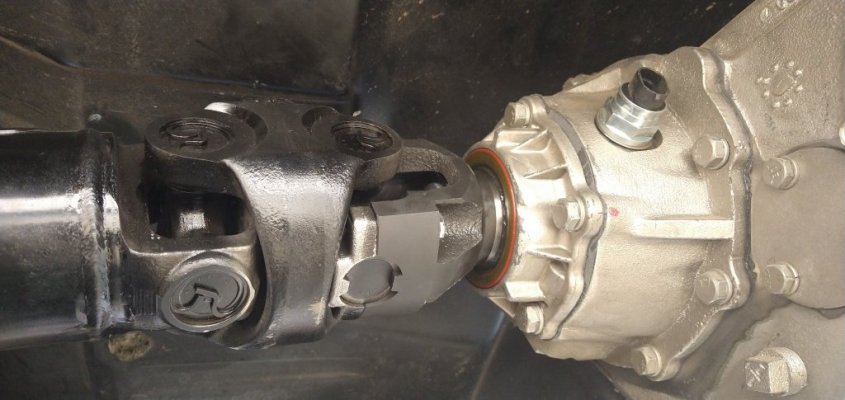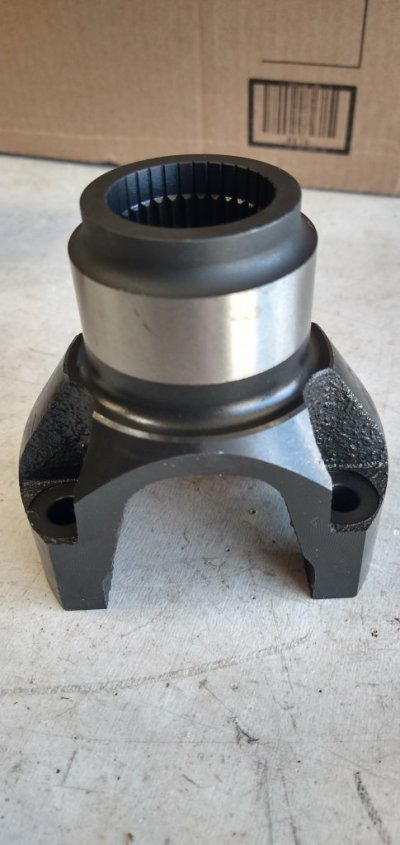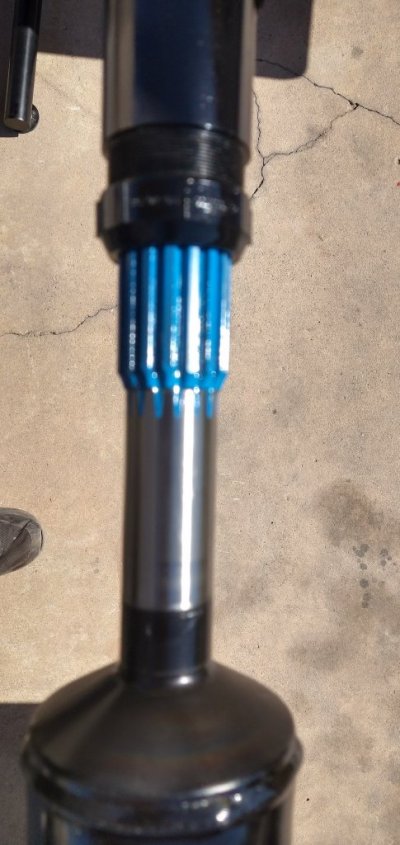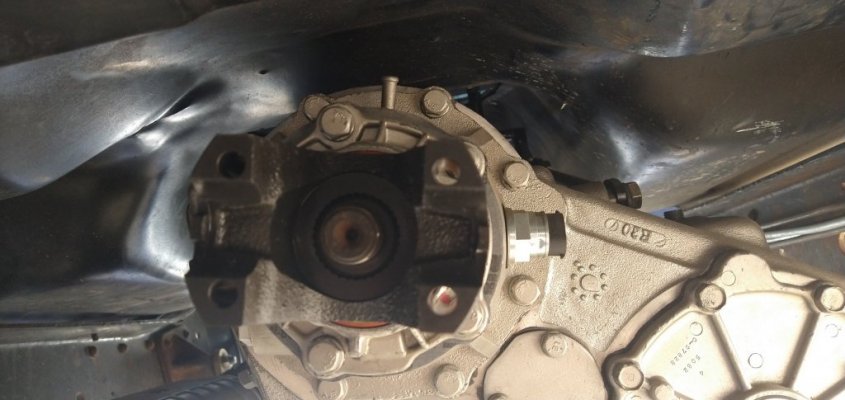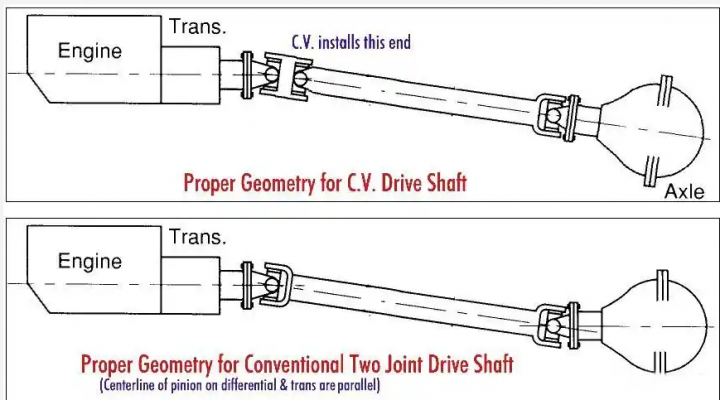- Joined
- Oct 30, 2019
- Posts
- 2,884
- Reaction score
- 6,485
- Location
- Downingtown, PA
- First Name
- Wayne
- Truck Year
- 1974
- Truck Model
- Jimmy
- Engine Size
- 350
This is most likely your vibration. @Craig Nedrow explained this very well! If you need a visual here is this:Yes, I used 3 degree shims to point the pinion directly at the output shaft.
xc_hide_links_from_guests_guests_error_hide_media


